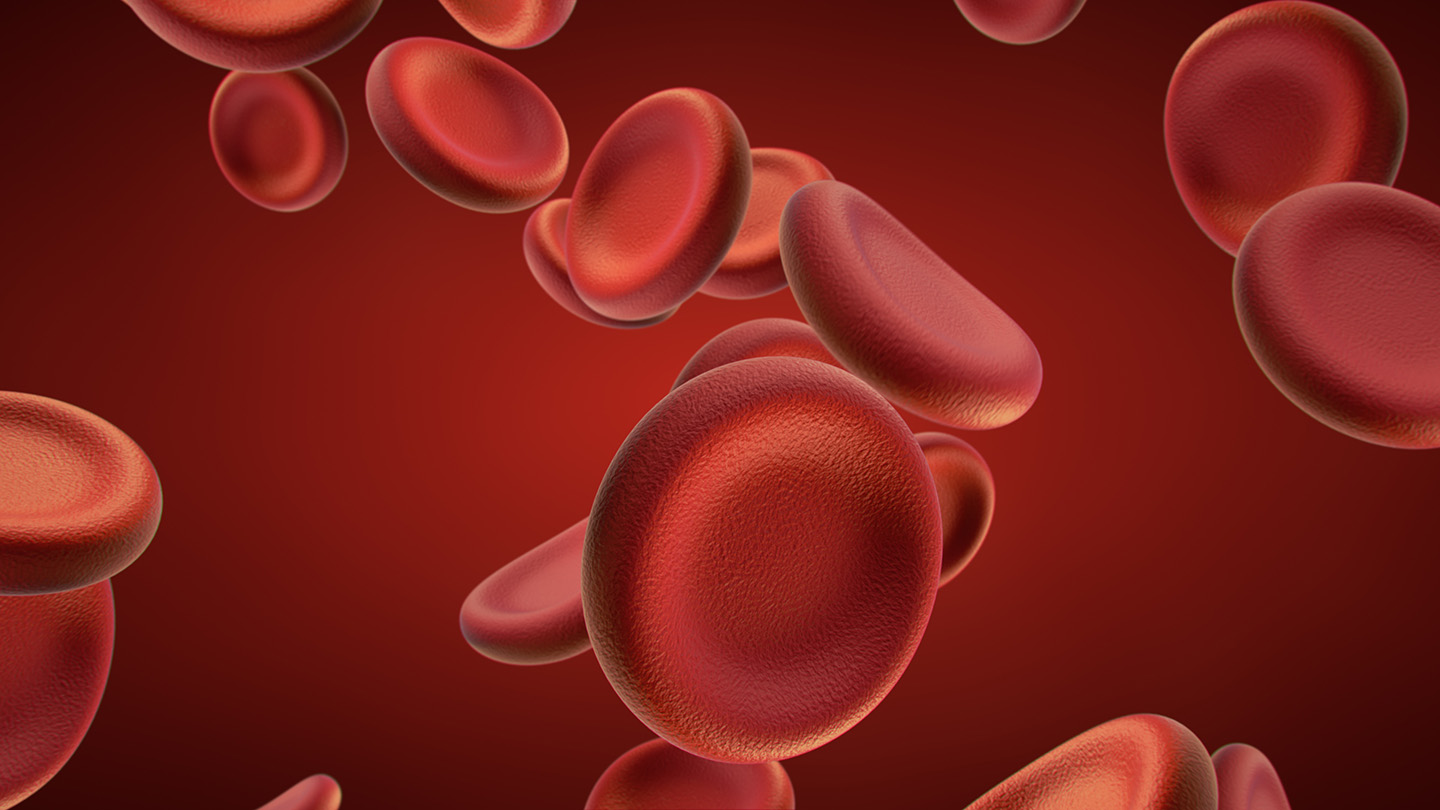
These three conditions are all related to an increased number of red blood cells (RBCs) in the bloodstream, but they have different causes, risks, and implications—especially for men on TRT.
Erythrocytosis
Erythrocytosis refers to an elevated red blood cell count (or hematocrit) due to increased erythropoiesis (red blood cell production). This condition can be caused by testosterone therapy, as testosterone stimulates the production of erythropoietin (EPO), a hormone that signals the bone marrow to produce more RBCs.
- Key characteristics:
- Common in men on TRT
- Managed through dose adjustments, blood donation (therapeutic phlebotomy), and hydration
- Why it matters for TRT:
- Unlike true polycythemia, erythrocytosis does not involve an overproduction of RBCs due to a bone marrow disorder.
- TRT-induced erythrocytosis is not inherently dangerous if managed properly with regular bloodwork and monitoring.
- Erythrocytosis has not been shown to increase the risk of blood clots when secondary to TRT.
Polycythemia Vera (PV)
Polycythemia Vera is a rare blood disorder caused by a genetic mutation (JAK2 mutation) that leads to uncontrolled red blood cell production by the bone marrow. This is a true disease rather than a reaction to external factors like TRT or low oxygen levels.
- Key characteristics:
- Involves overproduction of RBCs, white blood cells, and platelets
- Increases the risk of serious blood clots, strokes, and heart attacks
- Requires ongoing treatment with blood thinners and bone marrow-suppressing medications
- Not caused by TRT and should be ruled out in men with very high hematocrit levels
Secondary Polycythemia
Secondary polycythemia is an adaptive response to low oxygen levels (hypoxia), leading to an increase in red blood cell production. This occurs in response to conditions that reduce oxygen availability, such as:
- Chronic lung disease (COPD, sleep apnea)
- Living at high altitudes
- Kidney disease (which increases EPO production)
- Anabolic steroid or TRT use (mild cases related to erythrocytosis)
- Key characteristics:
- Caused by an external trigger (not bone marrow dysfunction)
- Can be reversed or managed by treating the underlying cause
Why This Distinction Matters for TRT Patients
- TRT-induced erythrocytosis is not the same as polycythemia vera. It is a reactive process, not a disease.
- Routine bloodwork (checking hematocrit, hemoglobin, and red blood cell counts) helps ensure safe TRT use.
- If hematocrit rises too much (>54%), interventions like blood donation may be necessary.
At Quali-T Men’s Health in Salem and Eugene Oregon, we take a personalized approach to TRT monitoring, we understand the difference between erythrocytosis and other worrisome blood issues, and avoid unnecessary fear about polycythemia vera. If you have concerns about your bloodwork, we can guide you through a safe and effective TRT plan.





